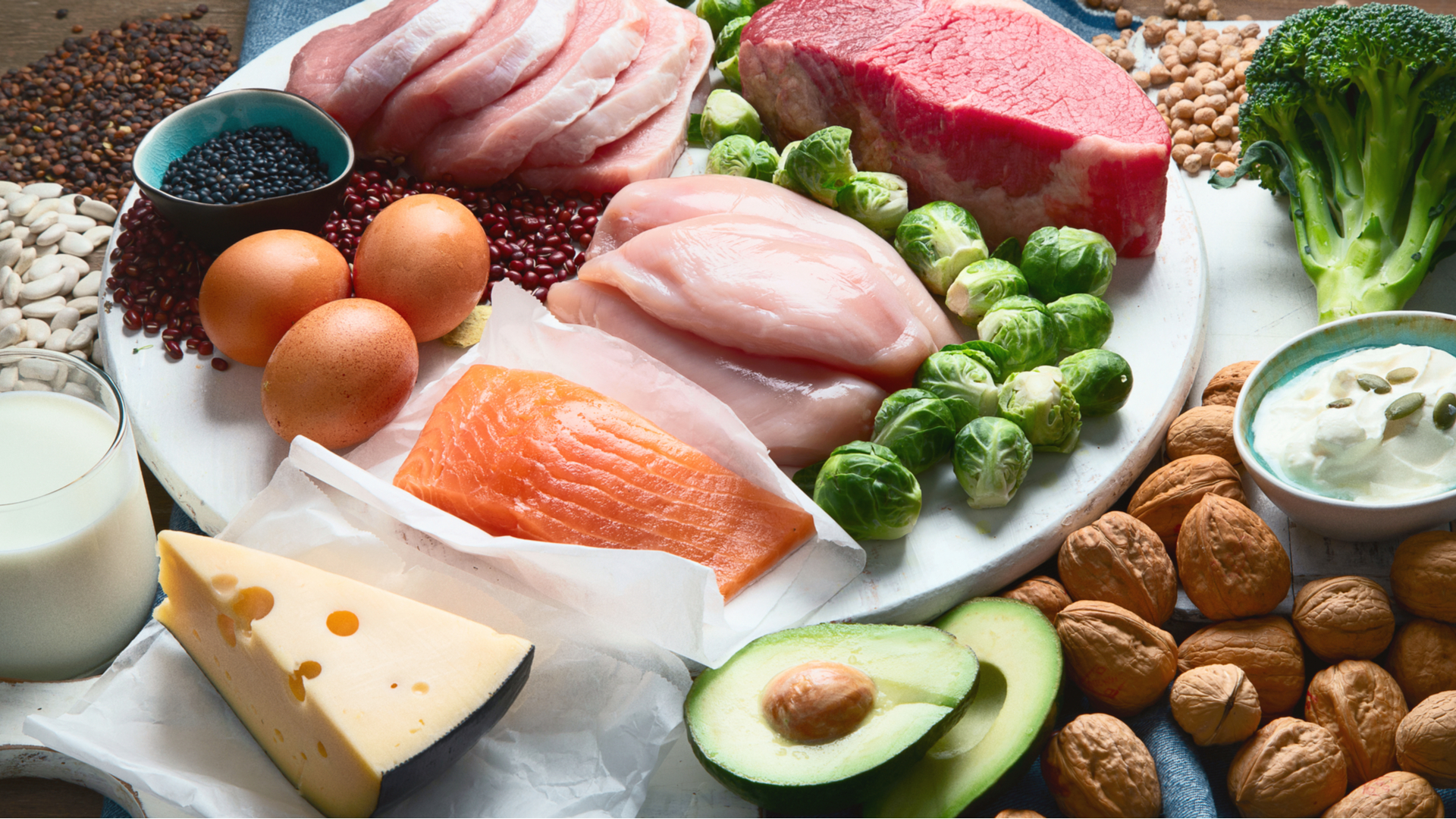Metabolism is a popular term in nutrition and health, that is often overused and certainly misused. Certainly, you’re not alone if you’ve wondered “What does metabolism mean?”
Common Questions About Metabolism
Do you have poor metabolism? Can a specific diet or a supplement improve your metabolism? Is my metabolism fast or slow? Can eating certain foods make it faster? Is my ever-expanding waistline simply a problem with metabolism?
I developed the metabolic lifestyle and this series of articles to help you understand the most important concepts of metabolism. You’ll soon learn how you can optimize your own metabolism, which will improve how you look and how you feel.

Definitions of Metabolism
To better understand What Does Metabolism Mean, let’s begin with some of the most common definitions of metabolism.
Webster’s Dictionary: Metabolism is the chemical processes continuously going on in living organisms consisting of anabolism and catabolism.
Textbook: Principles of Biochemistry: Metabolism is the network of enzyme-catalyzed chemical reactions organized in consecutive steps to generate energy (ie. fuel) or to produce more complex molecules, such as proteins, that are essential for life.
A Simple Analogy to Understand Metabolism
But let’s make this a little easier shall we?
Your Metabolism is Like a Car
To use an analogy of your car, metabolism would be the processes of building and repairing your car and burning the gasoline to make it go. How well you maintain your car, the type of fuel you use, and the efficiency of how you drive ultimately affect performance.
If you drive on flat tires and never tune your engine, use poor gasoline, and floor the gas pedal every time you leave a stop light, chances are you will get poor gas mileage and you’ll have chronic car trouble.
Similar things are true for your body. If you don’t use the right fuels or if you don’t do the right things to maintain your body, you’re likely to experience the chronic health problems. These problems are some of the most common today: excess body weight, diabetes, heart disease, and loss of muscle and bone strength (sarcopenia and osteoporosis).
Understanding your metabolism will allow you to balance your diet to optimize your health and daily performance.
The Two Categories of Metabolism
Metabolism should be viewed in two categories – anabolism or catabolism.
What is Anabolism?
Anabolism is the process of building things (including the DNA that makes up your genes). It also includes the proteins that make up everything from your muscles and liver to your hair and fingernails, and the unique molecules (ie. lipids) that surround your cells and nerves. Building these things (the anabolic processes) require fuel (energy) and building materials (primarily amino acids), that must come from the protein foods you eat.

The anabolic process that will be of most interest for our discussions is call protein synthesis.
Protein synthesis is a fancy name for the continuous process of building and replacing the proteins throughout your body. We will mostly be looking at the protein synthesis in skeletal muscles. The efficiency of protein synthesis and the health of your muscles determine a lot about your metabolic health. If you get the amount of protein at each meal balanced correctly, it will actually energize your metabolism. Energizing your metabolism, specifically your muscle metabolism, is one of my research discoveries and forms the the foundation of the metabolic lifestyle (more about that later).
What is Catabolism?
Catabolism is the other part of metabolism. It is the process of breaking down molecules either to generate energy to fuel the body (this is like burning gasoline in your car) or to eliminate unwanted or damaged molecules. In all living things, the gasoline that fuels our bodies goes by the abbreviation “ATP.” We estimate the amount of this ATP fuel as calories in food and on food labels.
Food calories come from carbohydrates, fats, and proteins, which are collectively called the macronutrients.
ATP is generated when cells break apart the carbon-carbon bonds that are present in carbohydrates, fats, and proteins. When carbon-carbon bonds are broken they generate energy (ATP), carbon dioxide, and water. This is the same as burning wood in your fireplace or gasoline in your car. For food, the carbon-carbon bonds are the chemical links that are present in the macronutrients, but these chemical links are not all identical and provide different amounts of energy.
Macronutrients are the Key to Metabolic Performance
Carbohydrates provide 4 calories per gram, while fats provide 9 calories per gram and protein about 3.4 calories per gram (more about protein later). These are the calorie numbers you see on food labels. The differences between carbohydrates, fats, and proteins, reflect the metabolism of each of these macronutrients.
Understanding the differences with each of these macronutrients, and how they affect your body’s engine, is the key to optimizing your metabolism.

